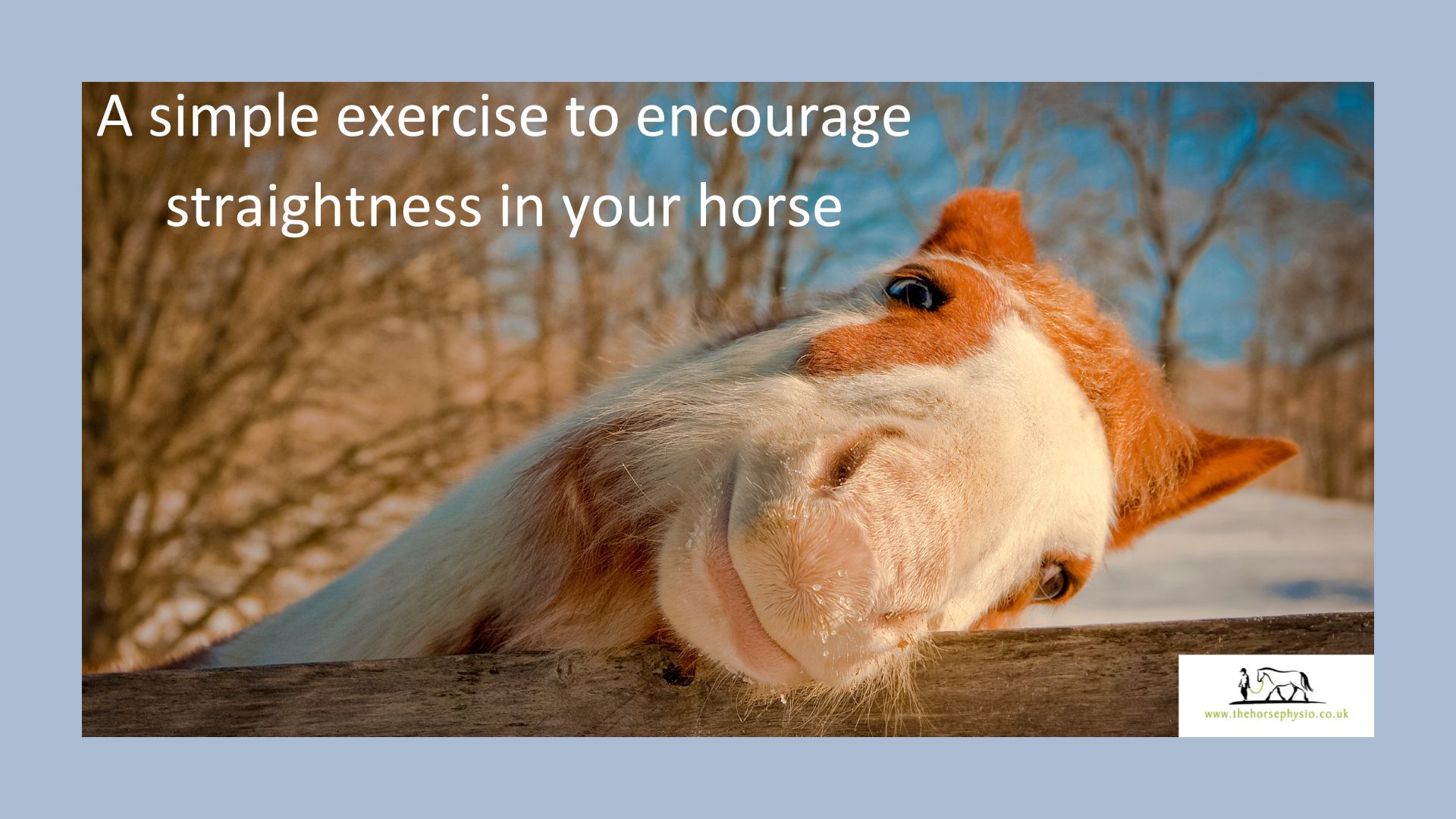Your horse can only be straight if he can bend.
If you prefer listening, click on the video above. If you prefer reading, keep scrolling 🙂
Your horse can only be straight if he can bend. I know that might sound counterintuitive, but imagine that your horse is less able to bend his neck to the left than to the right. He will find it far easier to bend to the right and tend to bend that way. This, in turn, means it will be much harder for him to be straight.
Now imagine that the stiffness is under the saddle, in the back, or in the ribcage. It will be even more difficult for your horse to hold himself ‘straight’ through his back, especially with the rider’s weight, if it’s so much easier for him to bend one direction than the other.
What can you do about it?
So what can you do about it? In Spring, when your horse changes his coat, one of the simplest and most effective exercises is to remove his rug and let him scratch. If you’ve ever tried to resist scratching an itch, you’ll know how strong the urge is to reach that extra inch. For a few minutes each day, at a quiet time when he’s not hungry, leave him without his rug and let him do his own spinal mobilisation exercises. How can something so simple be so effective?
Use a lick, if possible.
If you want to work towards this without the scratching part, you can use baited stretches (carrot stretches). Use a likit (or similar) if possible, rather than a carrot or a treat. The lick is safer; you’re less likely to have your horse’s teeth connecting with your fingers. Equally important, the lick encourages the horse to spend longer in the stretch. Another benefit is the mobilisation of the hyoid apparatus due to the licking action of the tongue, which in turn may encourage the release of fascial tension where it is needed. Fascia is a structure that runs throughout the body and connects everything, which is one reason why releasing tension at the poll can lead to a release in the hamstrings, for example.
 Sue Palmer MCSP, aka The Horse Physio, is an author, educator, and award-winning Chartered Physiotherapist. Sue specialises in understanding the links between equine pain and behaviour, caring deeply for her clients, and promoting calm, connection, courage and confidence through curiosity, compassion, clarity, and creativity.
Sue Palmer MCSP, aka The Horse Physio, is an author, educator, and award-winning Chartered Physiotherapist. Sue specialises in understanding the links between equine pain and behaviour, caring deeply for her clients, and promoting calm, connection, courage and confidence through curiosity, compassion, clarity, and creativity.
Popular books and online courses from Sue Palmer include:
Harmonious Horsemanship, co-authored with Dr Sue Dyson
Understanding Horse Performance: Brain, Pain or Training?
Horse Massage for Horse Owners (book)
Horse Massage for Horse Owners (online course)
Stretching Your Horse: A Guide to Keeping Your Equine Friend Happy and Healthy
Sue is registered with the RAMP, the ACPAT, the IHA, the CSP and the HCPC.
